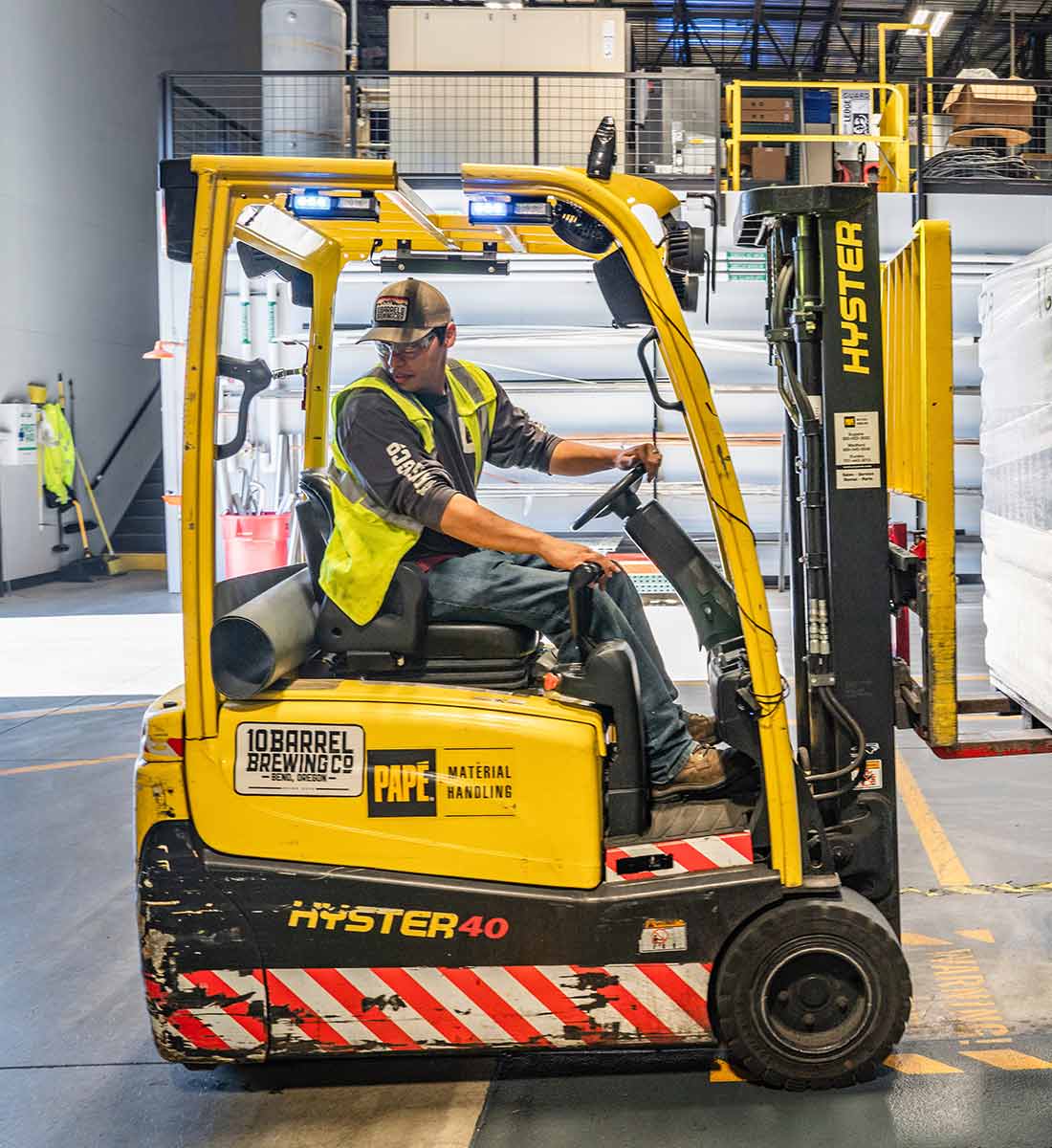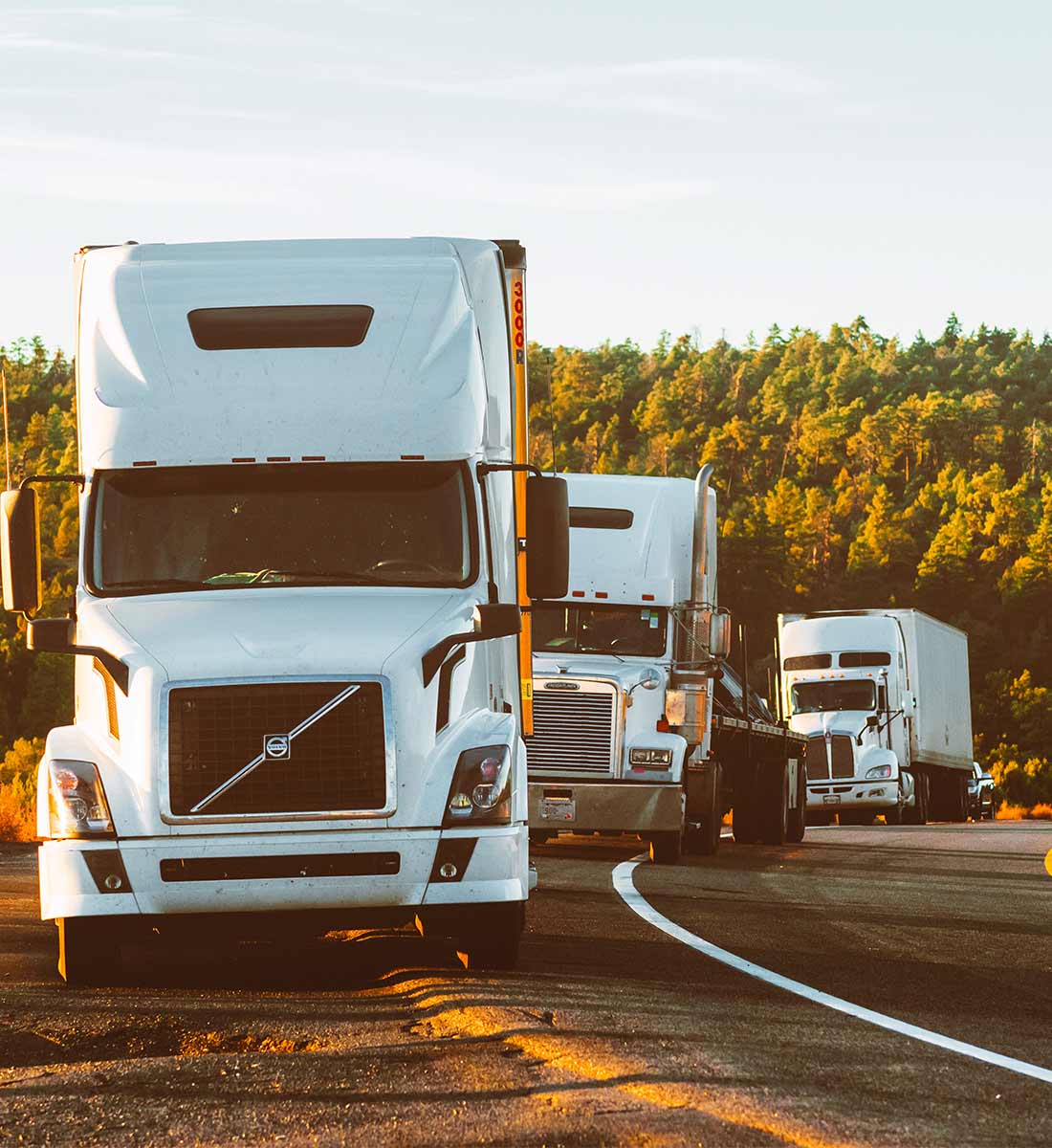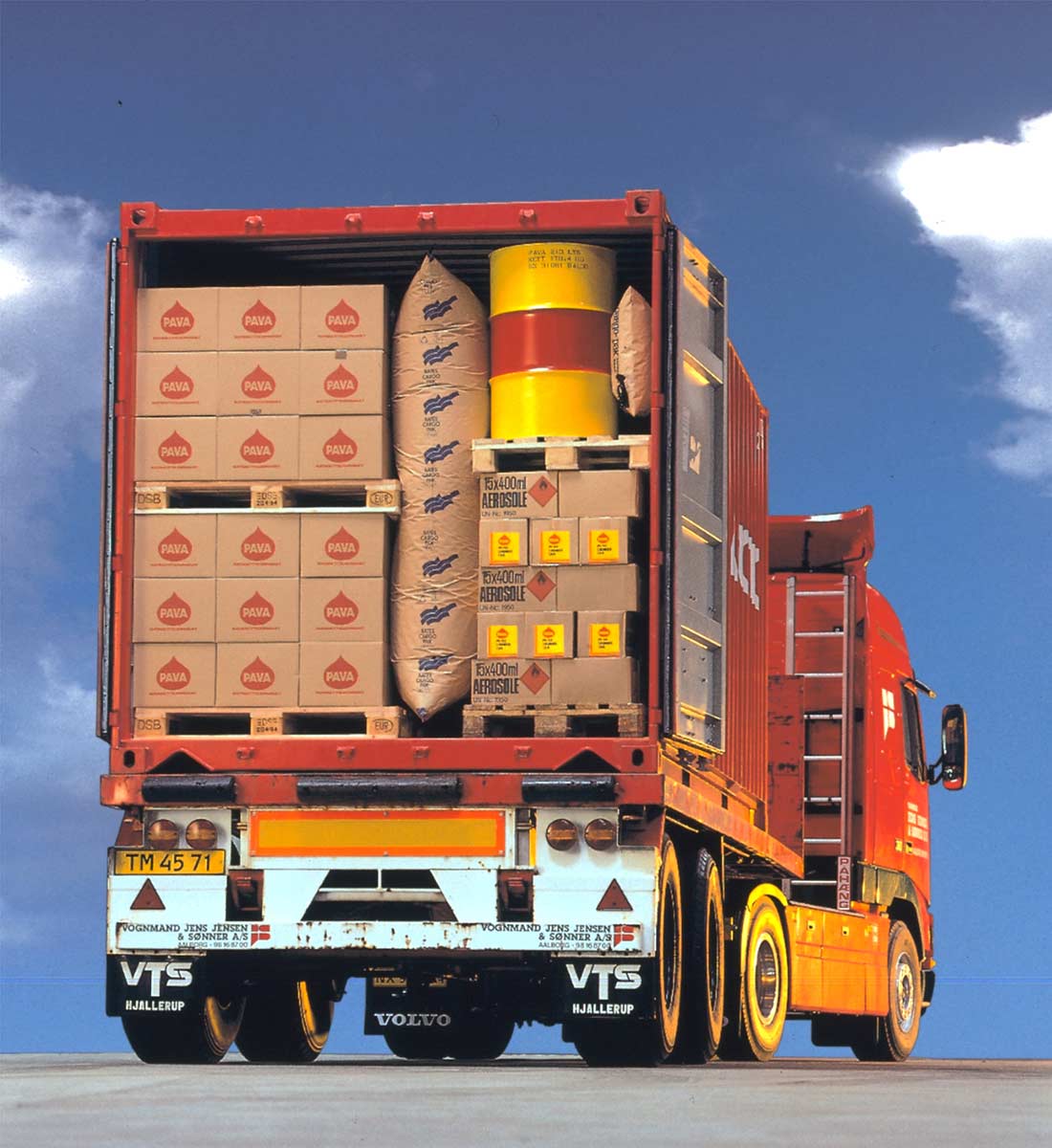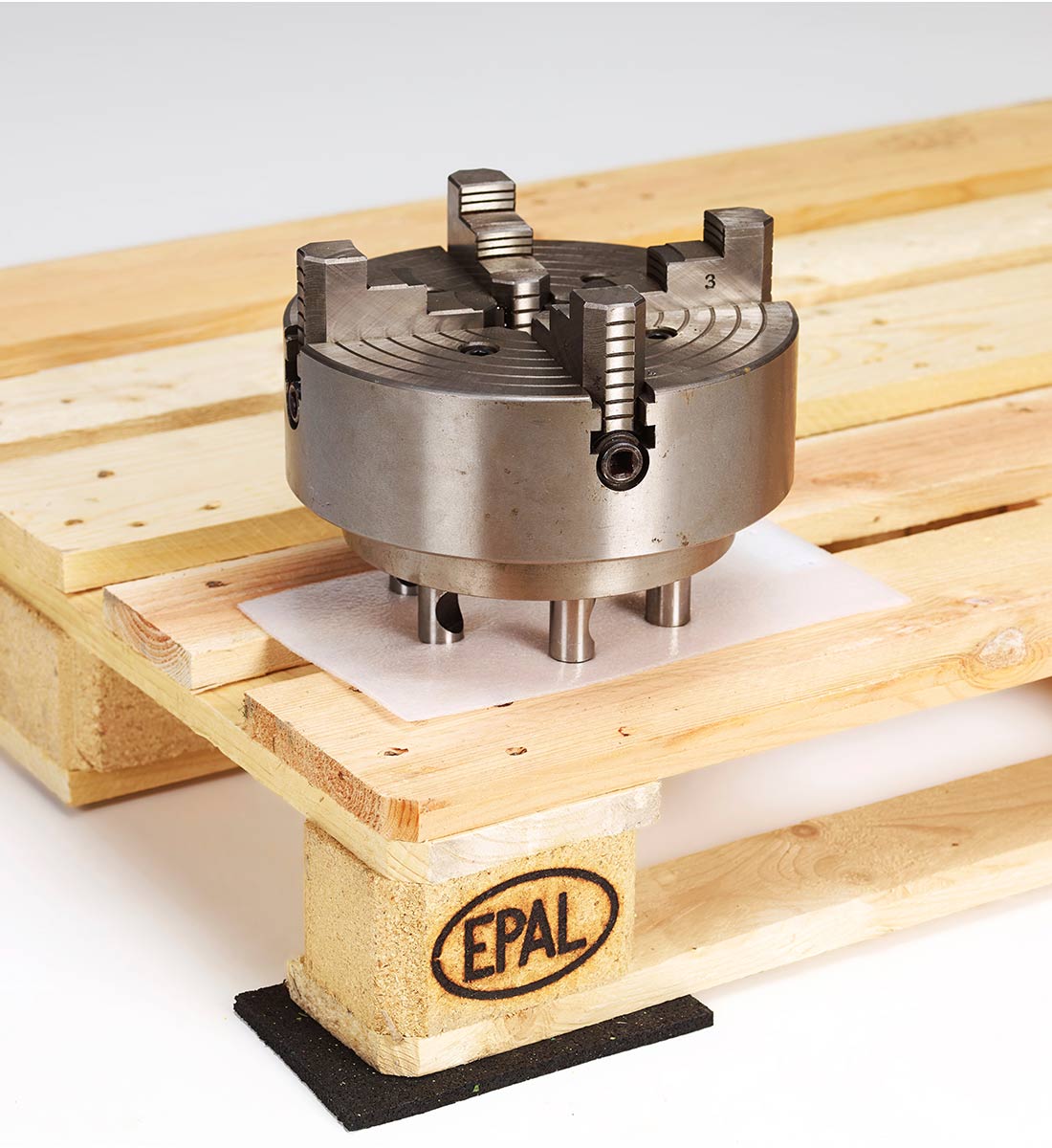- News & Insights
- 2017
- Load Securing: Factors and Regulations
- Export Packaging
- Regulations
- Load Securing
How to secure your products during shipment
Load securing is vital to ensuring that workers and products are kept safe during the transit process.
The Many Factors Involved with Load Securing
Securing your products does depend on the method of transportation, but there are some things that are common across all transportation modes, including direction changes, acceleration, and deceleration. You also need to look at factors such as friction that occurs when products rub against each other.
Securing your products during shipping involves looking at a number of factors and creating packaging and a load-securing method that addresses as many of them as possible. Ideally, your solution will take all of these factors into account in some way.
The first factor to consider is protecting your products. In many ways, this is the most important factor in securing your products. If the products arrive damaged, you lose money. Your products need to be secured within their packaging, then that packaging needs to be secured within its shipping crate, cargo hold, or truck. This should help absorb many of the vibrations and shocks, minimizing the amount of movement the packaging makes during shipment.
Securing your packaging in this way also helps to protect people. You need to make certain that your products are secured in such a way that no one near them can be injured. This means the packages should not fall when stacked and will not break apart when subject to normal falls.
Protecting the environment is another factor to be concerned with. If your packaging does break open, will there be any environmental damage? In many cases, the answer is no, but if you are shipping liquids, that may not be the case. You will need to make certain any hazardous substances are packaged in such a way as to prevent leaks, even when subjected to high pressure or vibrations. In many cases, this involves redundant protections. It also involves securing packages so that they do not shift during transport and potentially fall from high places or tumble out when container doors are opened.
Two other factors also play a part in your packaging and load securement. The first is cost. You want to make certain that you are using the most cost-effective packaging solutions available. You also want to be sure you are spending an adequate amount on securing your packaging. While it may seem like an area you could cut back on if you have never had an accident, you have to consider the cost of replacing damaged products, worker injuries, and environmental damage.
The other factor is your company’s image. If your lack of proper packaging or failure to secure products correctly leads to accidents, your reputation is on the line. Once you have a reputation as a cheap company that takes shortcuts in shipping, you may find that your sales slump. It can be very hard to recover from this, so it is worth going putting in extra effort to make certain your reputation remains untarnished.
Load Securing Regulations
There are, of course, a number of different regulations that you must follow when securing your loads. In Europe, these regulations differ depending on the method of shipping.
Road shipments are regulated by the European Standards for Securing of Goods for Road Transport (EN-12195).
Sea shipments are regulated by the Cargo Transport Units Code.
Air shipments must follow the European Air Freight Security Regulations.
Methods of Securing Packages
There are a number of different ways your products can be secured for shipment. Some of these methods are more common than others, and some are more practical for certain packages over others. Below are some of the load securing options.
Blocking
Blocking (or blocking and bracing) uses metal bars or wooden beams to block in packages, preventing them from shifting. Plastic may also be used, but it must be fairly thick and durable to avoid breaking. This method works fairly well if all of the packages being secured are the same size and shape. The bracing is not flexible and must be placed so that it braces against the largest package in the space. If a large package is being stowed next to several smaller ones, the smaller ones will move around unless filler material is used.
Lashing
Lashing is similar to blocking except straps, chains, or webbing is used instead of stiff bars or beams. Because of this, this option is often a much more flexible solution. The straps can be connected to the walls of the truck, aircraft, or shipping container at multiple points. They can also be tightened down to fit around awkwardly sized shipments.
Paper Dunnage Bags
Paper dunnage bags are a great option for those who are looking for a cost-effective solution to protecting their products. These bags are made from polyethylene and kraft paper and are often used for trucks or sea shipment. The bags are used in a similar way to filler in boxes. Any empty space is filled with one or more of the dunnage bags. They are stiff enough to hold products in place, but also flexible enough to be folded or pushed into spaces between oddly shaped packages. These bags are completely reusable and recyclable, making them a great environmental choice as well.
Anti-Slip Mats
For some packages, an anti-slip mat can be placed underneath to prevent any movement at all. These packages generally need to be fairly heavy so that they remain in place even when bumped or when subject to acceleration.
How Nefab Can Help
Here at Nefab, we’re ready to assist you with determining the best way of packaging your products and securing them for transport. We understand all of the various regulations required by each form of transportation, and we are ready to help you find the best shipping solution that meets those regulations and your needs. Contact us today if you would like to learn more!



